I'm watching the video https://youtu.be/wIy8g8yNhNk
My first question.
As far as I understand from the video, when we draw a View that is opaque, we just put data, roughly speaking, a bitmap to the screen. That's called rendering. Is that right?
My second question.
Now let's draw a TextView with an opaque background an a semi-transparent text. Why should it be a two-step process as described in the video: we draw the TexView opaque and then apply a new alpha value to make text semi-transparent? Is it just the way Android was designed? Why can't we draw a semi-transparent pixel in one step?
My third question.
Here Ian Ne-Lewis's telling us about a view with two parts: opaque (on top) and semi-transparent (below the opaque part). He says the two parts don't overlap. But the opaque part is on top of the semi-transparent part. So why does he say these views don't overlap? As far as I understand, by "overlapping" he means having something semi-transparent on top of something opaque.
